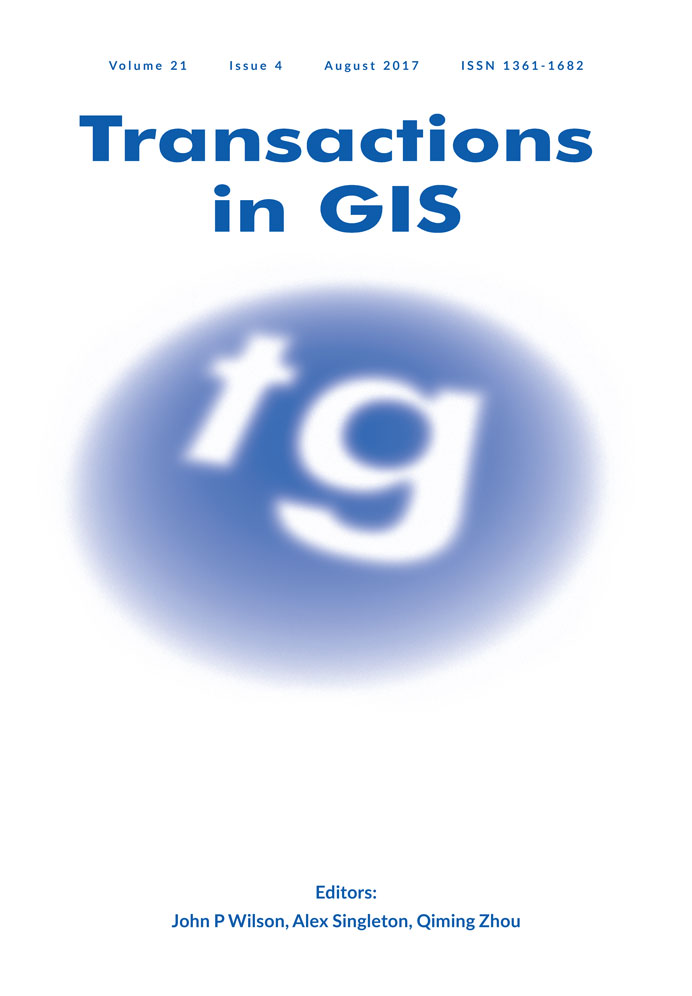Using Spatial Analysis to Understand the Spatial Heterogeneity of Disability Employment in China
Acknowledgments: We appreciate all Chinese provincial and municipal disabled persons' federations for their support in data collection and management. This work was supported by the National Natural Science Foundation of China (No. 41101431, 41471377), the State Key Funds of Social Science Project (Research on Disability Prevention Measurement in China, No. 09&ZD072), and the Youth Innovation Promotion Association, CAS.
Abstract
During the formulation of employment disability policy, policymakers are often interested in regional variations of disability employment. Decision-makers are required to distinguish between various geographical factors. However, few previous studies take spatial heterogeneity into account and most of them conducted only a qualitative analysis. Geographical detectors based on spatial variation analyses of identified factors were applied in the study to establish connections between regional features and the disability employment rate, and to identify the city groups with significantly higher and lower percentage rates of disability employment. It is the first application of spatial statistics in studying the employment problem of the disabled. The findings can help the government formulate reasonable adjustments to both job opportunities for, and work roles of, disabled people.




